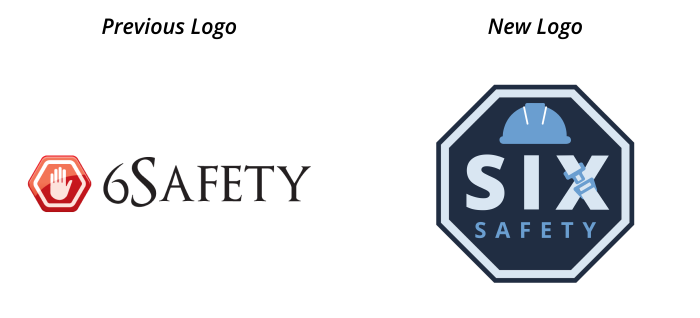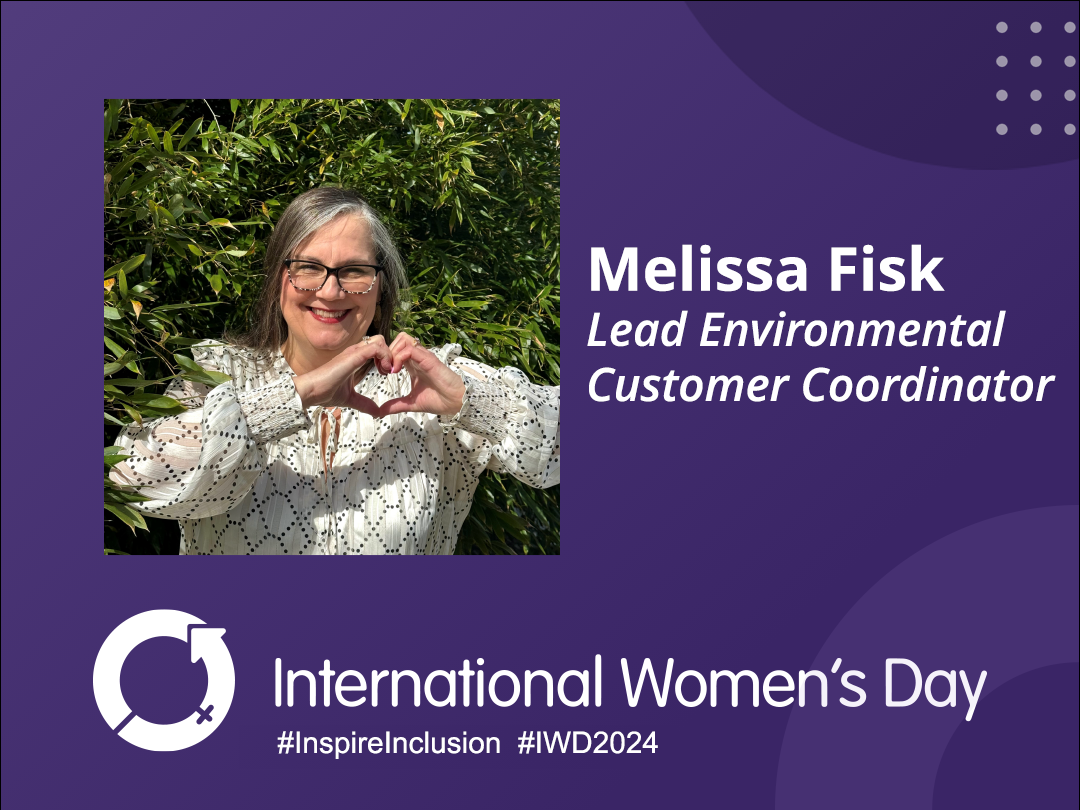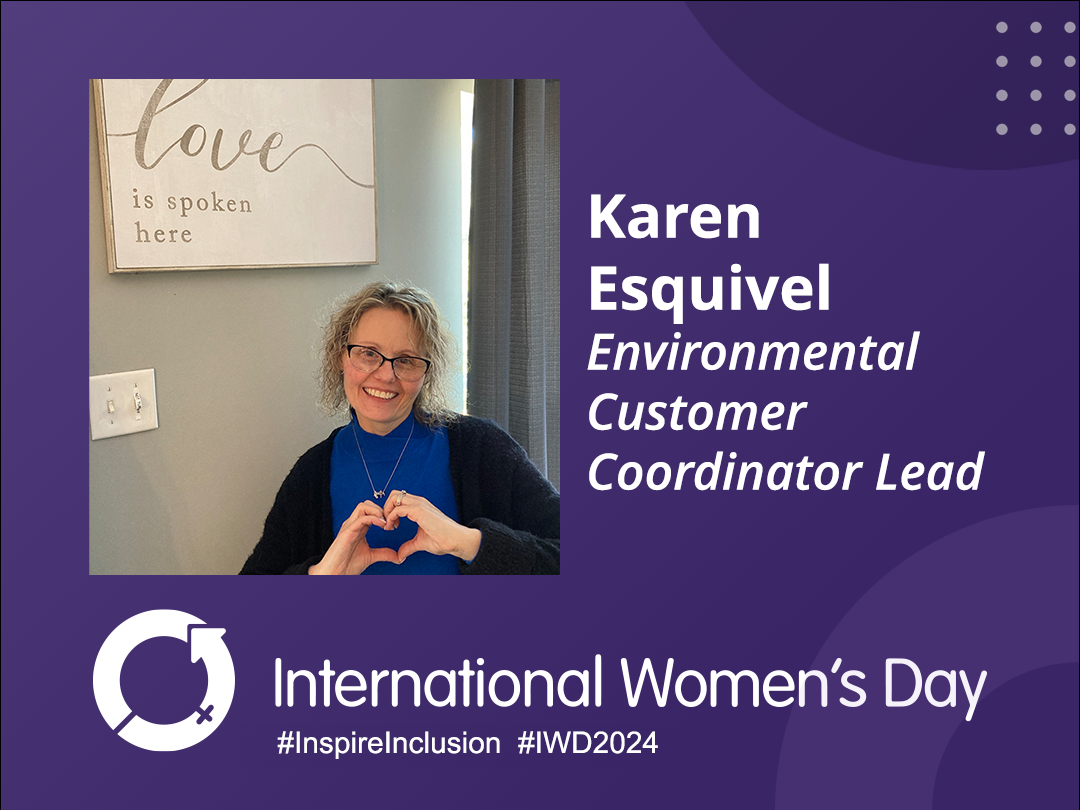At Heritage Environmental Services, one of our core values is “Safe and Compliant or Not at All”. This means we won’t do any job or task until it can be done safety and compliantly. To help us communicate this value we created a program in 2009 called 6Safety. One of our legacy safety programs, 6Safety was created with the purpose of improving Heritage’s Safety Culture by increasing the awareness of the six activities with the highest potential of serious injury and/or death.
This program has been sustained over the years through employee participation, leadership commitment, and by making needed improvements. It is important to refresh safety programs such as this to help teams remain focused, and to motivate employees to continue down the path to zero injuries. We recently updated our 6Safety program to ensure that our messaging aligned with the current Safety Culture of our organization.
An Overview of the 6Safety Program:
6Safety is comprised of two primary areas that emphasize important aspects of our overall safety process: 6 Principles and 6 Life Saving Rules.
6 Principles to a Safer Work Environment:
- Stop Unsafe Work: Heritage employees are responsible, authorized, and obligated to stop any work deemed unsafe or that is a violation of our company safety policies and procedures.
- Avoid Pain: Employees need to be able to recognize actions/situations that will cause them pain and are empowered to take steps to control the situation.
- Follow Procedures: To ensure safety, procedures must be followed and should not be deviated from.
- Examine Concerns: If directions, Standard Operating Procedures (SOPs), or Safe Work Plans are not clear, or if a new hazard is recognized, employees are encouraged to ask questions and contact their leadership or safety representatives.
- Take Steps to be Healthy: Since healthy employees are more productive and less likely to be injured, employees are encouraged to incorporate healthy lifestyle habits to their workday and take advantage of wellness programs.
- Yield the Rewards: Incentives and awards are available to Heritage employees who demonstrate excellence in safety leadership and foster a positive health and safety culture.
6 Life Saving Rules: Many companies have a set of rules that are held to the highest standards of safety. These are the rules that if not done properly, if not respected, can result in serious injury or fatality. Some companies may call these “Cardinal Rules” while others call them “Life Saving Rules”. By any name, the criticality of these task offers the same potentially life altering/ending outcome if not followed. Heritage’s Life Saving Rules are listed below:
- Lock Out/Tag Out – Controlling hazardous energy by verifying isolation and zero energy before work begins.
- Confined Space – Ensuring the permit system is followed and necessary preparations prior to entering confined spaces
- Fall Protection – Ensuring workers are protected while exposed to fall risk
- Hot Work – Preparing and maintaining work areas where hot work occurs and preventing fires
- Line Breaking – Keeping workers safe while opening lines, especially opening lines that contained or contain hazardous materials
- Driving – Staying safe on the roads by following safe driving rules
Program Updates
This year, we updated Heritage’s 6Safety program in two key areas, to ensure that our messaging remained relevant and effective in communicating our Safety Culture:

Updating our Logo: Logos and branding help tell the story of our program above and beyond words. Across our organization, we communicate 6Safety using informative, engaging, and educational collateral that reaches all employees. Our previous logo embodied a red stop sign, a long-standing safety visual with deep meaning. Stop signs are one of the oldest safety signs with use beginning in 1915. The sign warns us to stop, slow down, and ensure it’s safe before moving forward not only at intersections but while working in our day-to-day task. The hand within the sign visually communicated our Stop Work Authority, a key aspect of the program. This year, our logo has a fresh new look. The hard hat and seat belt demonstrate strong symbols of safety with while maintaining the iconic stop sign octagon.
Refreshing our Life Saving Rules: Through careful consideration, evaluating data and exposure potentials, we’ve updated our Life Saving Rules to ensure they reflect our most common exposures and highest risk with the following change: Driving has replaced Waterblasting. Driving is something most employees do every day, with many of our workers driving work vehicles for many miles daily. According to the National Safety Council, roadway incidents are the leading cause of work-related deaths. Worker deaths totaled 1,253 in 2021 and 25,830 were injured in 2020. The remainder of the Life Saving Rules remain unchanged.
This update gives us the opportunity to recommunicate the expectations and seriousness of these six rules. To educate employees about this change, we are updating existing posters, providing hard hat stickers, and delivering training presentations. Each year, we refresh all employees on this program to ensure the message remains strong and our commitment unchanged.
Through continuous evaluation such as this, we’re proud to demonstrate our ongoing commitment to health and safety. Prioritizing the wellbeing of the Heritage family is key to how we can work towards our mission of protecting human health and the environment.
More News From Heritage
-
3/12/24
Equal Pay Day – Spotlighting Our Female Drivers
-
3/8/24
International Women’s Week Spotlight – Shannon Dippel
For International Women's Week, we're spotlighting some of the incredible women in the Heritage family. Our final spotlight is Shannon Dippel.
-
3/8/24
International Women’s Week Spotlight – Susan Adams
For International Women's Week, we're spotlighting some of the incredible women in the Heritage family. Our sixth spotlight is Susan Adams.
-
3/7/24
International Women’s Week Spotlight – Lea Wilson
For International Women's Week, we're spotlighting some of the incredible women in the Heritage family. Our fifth spotlight is Lea Wilson
-
3/7/24
International Women’s Week Spotlight – Melissa Fisk
For International Women's Week, we're spotlighting some of the incredible women in the Heritage family. Our fourth spotlight is Melissa Fisk.
-
3/6/24
International Women’s Week Spotlight – Taylor Harvey
For International Women's Week, we're spotlighting some of the incredible women in the Heritage family. Our third spotlight is Taylor Harvey
-
3/5/24
International Women’s Week Spotlight – Karen Esquivel
For International Women's Week, we're spotlighting some of the incredible women in the Heritage family. Our second spotlight is Karen Esquivel.
-
3/5/24
Heritage Environmental Services Announces HP Nanda as CEO; CEO Jeff Laborsky Transitions to Board of Directors
Heritage Environmental Services (“HES”) announced today that HP Nanda will join the organization as CEO.








